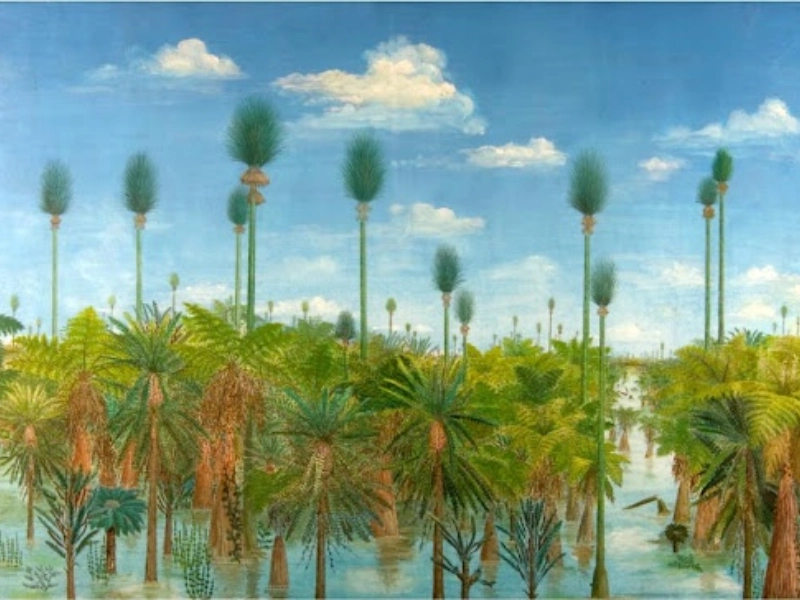Advertisement
6. Cycads and Ginkgoes: Living Fossils from the Past

The cycads and ginkgoes are among the most amazing descendants of the primordial plant world. First emerging during the Permian period over 250 million years ago, these ancient plant lineages have endured relatively little modification to the present and are so known as "living fossils."
Once far more varied and common than they are now, cycads had a palm-like look with cone-bearing reproductive systems. Often known as the Age of Cycads and Dinosaurs, the Mesozoic era saw various terrestrial ecosystems mostly composed of these plants. From tropical forests to more dry environments, cycads flourished in many kinds of settings. Their ability to store water in their massive trunks and tough, leathery leaves helped them to survive dry spells; their toxicity gave defence against herbivores.
Another amazing survivor from the far past is the ginkgo, presently symbolised by one species, Ginkgo biloba. Beginning in the early Permian era, the ginkgo lineage has existed for millions of years and has seen varied species of ginkgo trees all throughout the world. During the Jurassic and Cretaceous periods, these unusual trees peaked in variety with their fan-shaped leaves and meaty seeds. Though they had long history and prior abundance, all but one species of ginkgo had vanished by the end of the Pliocene epoch, some 2.6 million years ago.
Unique reproductive techniques among cycads and ginkgoes distinguish them from other plants. Dioecious, or individual plants either male or female, cycads depend on particular beetle species for pollination. Originally wind-pollinated, ginkgoes—also dioecious—generate big, malodourous seeds most likely distributed by now-extinct animals.
The survival of these ancient plant lineages into the present offers botanists priceless new perspectives on the evolution and adaptation of plants across hundreds of millions of years. Their durability and adaptability are shown by their tenacity through several mass extinction events and significant climatic change.
